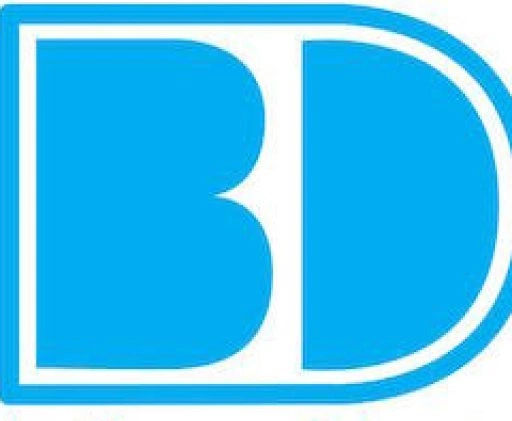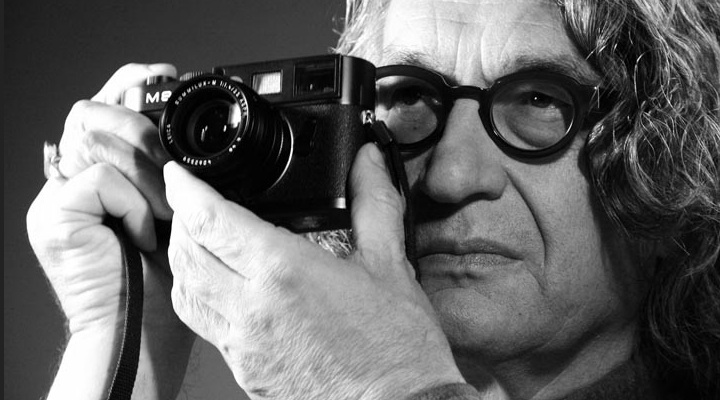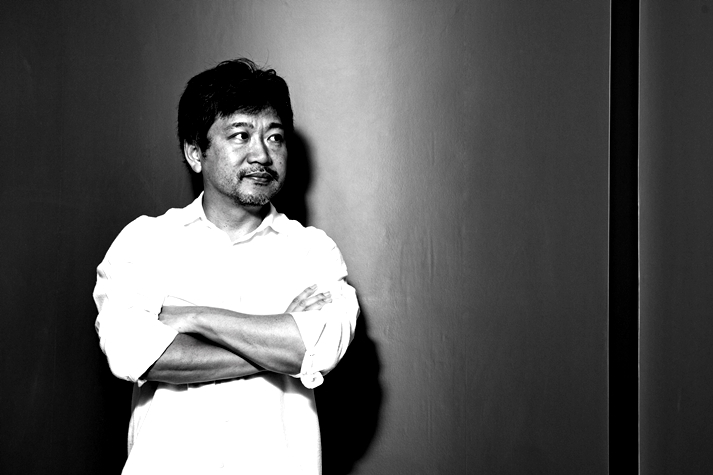Let’s play with the interesting question, whether cinema is an art form made use of technology, or a technological phenomenon that uses art?, in the backdrop of contemporary Hollywood scenario. Chances are high you end up with the majority of directors fall into the second category, with very few filmmaking personalities prefer to stay in the first part of the question. You will meet filmmaker Terrence Malick in the first part of the question, for certain.
A Kaleidoscopic Viewfinder; Wes Anderson’s Codes of Filmmaking
Malick stands a band apart from his contemporaries for his unique approach towards cinematic time, narrative, emphasis on visuals, use of nature and landscape abundantly, and poetic resonance. In this video essay, we can see how Malick effectively uses the voice over as a creative tool in filmmaking. He invented that the voice over can put together various pieces of the narrative to give a different perception of the reality, the outer world.
At the same time, the intimate voiceovers of the characters often function as semitransparent windows into the darkness of their secret worlds. The visuals can meditate on the moods and emotions of the characters as the voice over takes over with the burden of narration and Malick uses them, the visuals and voice overs, as complimenting as possible.
The Cinema Of The Neon Demons, Nicolas Winding Refn’s World Of Filmmaking
At some points, the voice over accelerates the visual experience by giving it an additional dimension with Malick’s characteristic tone and language. It also helps him to control multiple narratives within the same movie, as many as eight like in The Thin Red Line. Malick enjoys the reputation of a silent filmmaker who makes films with sound. With superimposing silent and meditative visuals with resonant and emotive sound, Malick creates an overwhelming feeling that helps us to locate our existential coordinates in a chaotic world.




